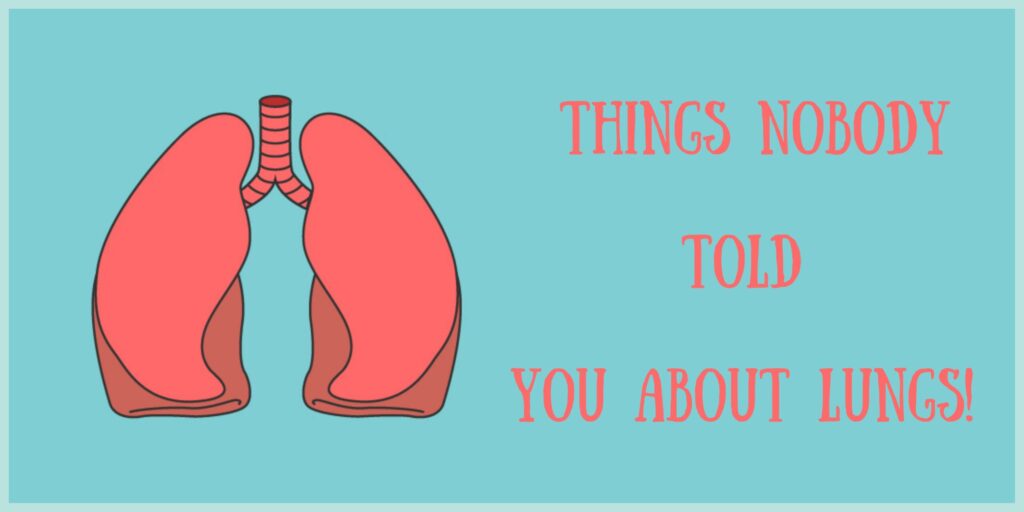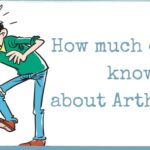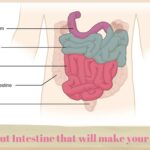Function of the lungs
The function of the lungs and their significance in the human body system are explored in detail in this article. The lungs are a set of soft, air-filled body parts located on each side of the chest. Inhaled air is carried to the lungs through the windpipe’s tubular branches, known as bronchi. Bronchioles, the smallest of the bronchial branches, branch out from the main bronchi. Humans and most animals, including some fish and snails, have lungs as primary respiratory organs. In mammals and most other animals, two lungs flank the heart. Their role in the respiratory system is to take oxygen from the air and release it into the bloodstream and take the carbon dioxide from the bloodstream into the atmosphere, a process known as respiration. Species-specific muscle systems drive respiration. Animals, including mammals, reptiles, and birds, need distinct breathing muscles. Early tetrapods used buccal pumping to get air into their lungs. The diaphragm is the major respiratory muscle in humans. The lungs also supply airflow for vocal sounds, such as human speaking.
The nose, mouth, throat, larynx, windpipe, and lungs make up the respiratory system, and we breathe in or inhale through our nose or mouth. It warms and humidifies the air if it enters the nose. Migratory dust and other particles are removed by tiny hairs called cilia. The pharynx, or throat, is located behind the nose and mouth. Because it transports both food and air, the pharynx is a digestive and respiratory organ. The function of the lungs consists of two processes: gas exchange – the exchange of oxygen and carbon dioxide – and breathing – the circulation of air. The pharynx breaks into two sections, one for food, the oesophagus and the other for air. When we swallow, the epiglottis blocks the air-only route, preventing food and fluids from entering the lungs. The larynx is the voice box, and this small tube comprises two vibrating vocal cords. The trachea is the airway below the larynx. The trachea’s walls are reinforced by cartilage rings to keep them open. The trachea is coated with cilia that sweep fluids and foreign particles out of the airway. To link the lungs, the trachea’s left and right bronchi split.
The bronchi branch into smaller bronchi and bronchioles within the lungs. The oxygen and carbon dioxide exchange occurs in microscopic air sacs called alveoli. Alveoli are found in abundance in the lungs, numbering in the millions. The bronchial tree is a labyrinth of alveoli, bronchioles, and bronchi. Those elastic tissues allow the lungs to expand and contract without losing form, and a thin covering known as pleura protects them. The thorax is the airtight container that shelters the bronchial tree, lungs, heart, and other organs. The ribs and related muscles constitute the top and sides of the thorax, while the diaphragm forms the bottom. The chest walls protect the lungs and other organs in the chest cavity. The function of the lungs entails the production of sound and olfactory support – the ability to smell. The lungs conduct a variety of biological functions along with respiratory tasks. Water, alcohol, and pharmacologic substances can all be absorbed and excreted through them. Anaesthetic gases like ether and nitrous oxide can be absorbed and eliminated by the lungs; approximately a quart of water is expelled daily on average. As a metabolic organ, the lung has a role in the production, storage, transformation, and destruction of a number of chemicals, including fibrin, pulmonary surfactant, and other functionally varied molecules such as angiotensin, prostaglandins, and histamine.
Breathing difficulties can be caused by respiratory or lung problems. They are the main reason people go to the doctor in most countries. The following can cause respiratory illness: fungus, chemicals, pet dander and fur, viruses, polluted air, second-hand smoke allergies such as pollen and dust, stagnant indoor air, bacteria, food allergens like nuts, seafood, and milk products. To reduce your risk of acquiring lung disease, you can do the following every day: When pollen or air pollution levels are high, remain indoors. To keep your mouth healthy, brush twice a day and see your dentist often. Keep alcohol-based hand sanitiser on hand. An air purifier helps minimise pollutants, animal dander, and toxic fumes. Don’t smoke or chew tobacco and keep up with brisk walking or running to increase your lung capacity. The function of the lungs involves defence against dust and germs that enter the body via the secretion of mucus, cilia, and cough. People living with Asthma should obtain flu and pneumonia shots. Consult your doctor about recommended vaccines if you plan to go abroad. Regularly seeing a doctor for health check-ups and washing hands with soap and water are advised.



